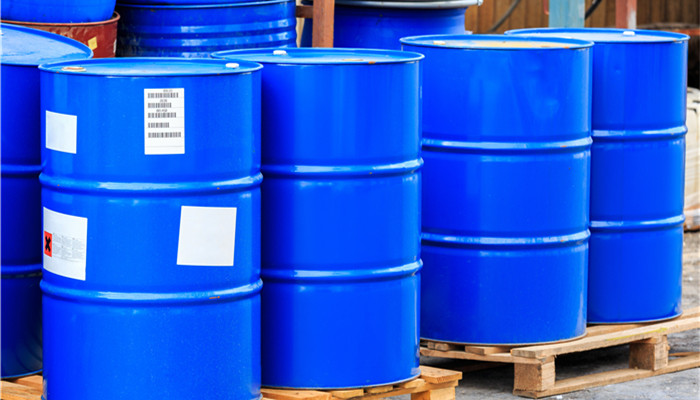
The hydrogenation catalyst industry has broad development space and the competitiveness of local enterprises continues to increase.
Hydrogenation catalyst refers to the catalyst used when a compound is added to hydrogen. The reaction principle of hydrogenation catalyst is to use hydrogen molecules in the catalyst to generate hydrogen atoms to achieve the purpose of reducing activation energy and changing reaction pathways. Hydrogenation catalysts have the advantages of good deoxidation effect, high strength, and convenient operation. According to different uses and raw materials, they can be divided into complex catalysts, metal oxide catalysts, metal catalysts, metal sulfide catalysts, etc.
Hydrogenation catalysts usually consist of carriers, auxiliaries and main metals. Carriers are generally divided into two types: acidic carriers and neutral carriers. Acidic carriers include magnesium silicate, molecular sieves, aluminum silicate, etc.; neutral carriers include diatomaceous earth, alumina, activated carbon, etc. Alumina is the most commonly used carrier for hydrogenation catalysts, accounting for 80.0%. According to data from the National Bureau of Statistics, my country’s alumina production reached 77.475 million tons in 2021, a year-on-year increase of 5.0%. Benefiting from the sufficient supply of raw materials, the development speed of my country’s hydrogenation catalyst industry continues to accelerate.
According to the “2022-2027 China Hydrogenation Catalyst Industry Market In-depth Research and Development Prospects Forecast Report released by the Industrial Research Center, The global hydrogenation catalyst consumption market is mainly concentrated in European and American countries, accounting for 60.0% of the market. The global hydrogenation catalyst market size will reach US$1.69 billion in 2021, a year-on-year increase of 4.5%. my country’s hydrogenation catalyst industry started late, but is developing rapidly. In 2021, my country’s hydrogenation catalyst market will reach US$480 million, a year-on-year increase of 7.6%.
Hydrogenation catalysts are used in a wide range of applications, including petrochemicals, biopharmaceuticals, synthetic fibers, synthetic oils, dyes and fragrances, etc. In the petrochemical industry, hydrogenation catalysts can be used for lubricating oil hydrogenation, benzene hydrogenation to cyclohexane, silane hydrogenation, benzene hydrogenation to cyclohexanol, white oil hydrogenation, high-activity methane catalysts, etc. Adding hydrogenation catalysts during the petroleum refining process can handle raw materials with high aromatic content and sulfur-containing impurities. As downstream demand becomes increasingly strong, the development space of my country’s hydrogenation catalyst industry continues to expand.
Major global hydrogenation catalyst manufacturers include BASF of Germany, CRI International of the United States, Albemarle of the United States, Royal Dutch Shell (Shell), etc. The global hydrogenation catalyst production technology has long been monopolized by overseas developed countries. In recent years, as the level of independent research and development of local enterprises has continued to improve, the localization process of my country’s hydrogenation catalysts has continued to accelerate.
PetroChina, Sinopec, Jiangsu Yangzi Catalyst, Dalian Reker Technology, etc. are the main manufacturers of hydrogenation catalysts in my country. Industry analysts said that hydrogenation catalysts are widely used in many fields such as petrochemicals, biopharmaceuticals, and synthetic fibers, benefiting from market demand With the increasing prosperity, the scale of my country’s hydrogenation catalyst market continues to expand. With continuous breakthroughs in R&D and production technology, it is expected that the concentration of my country’s hydrogenation catalyst industry will increase in the future.

 微信扫一扫打赏
微信扫一扫打赏

